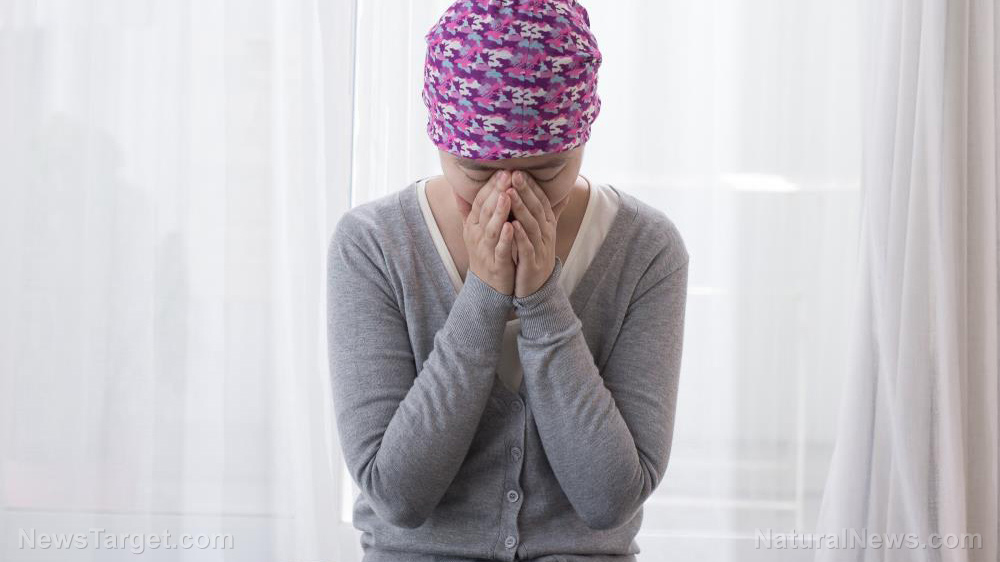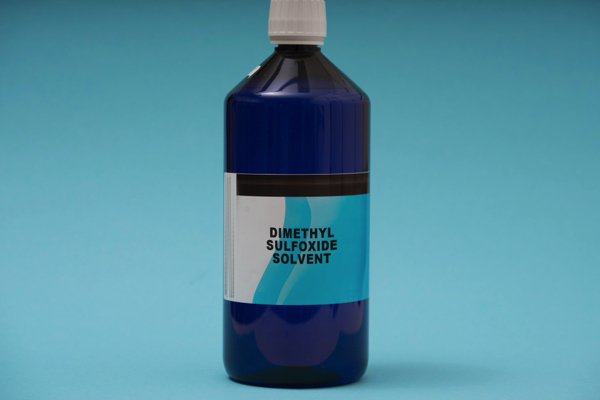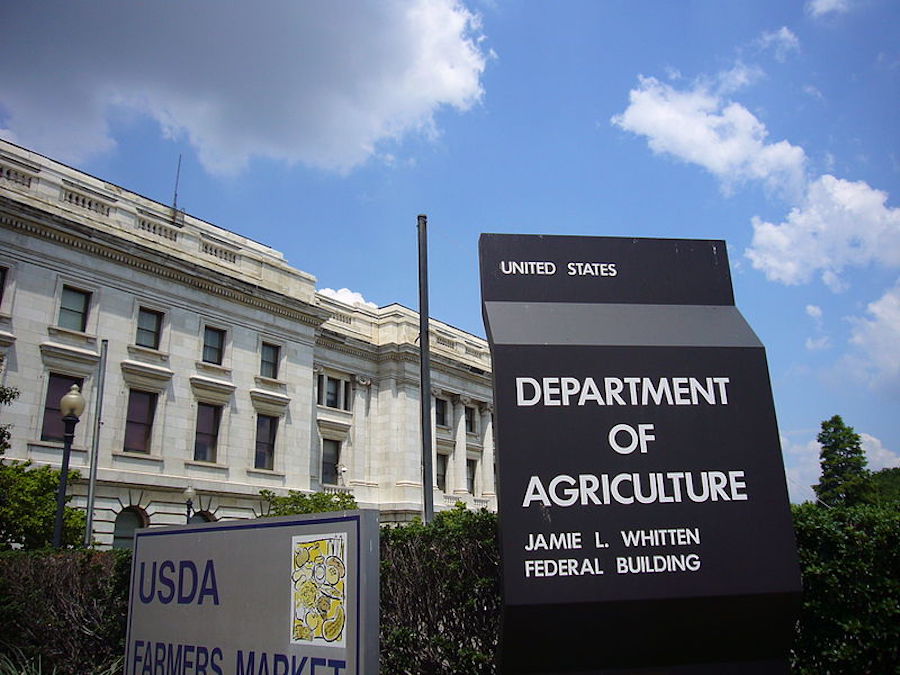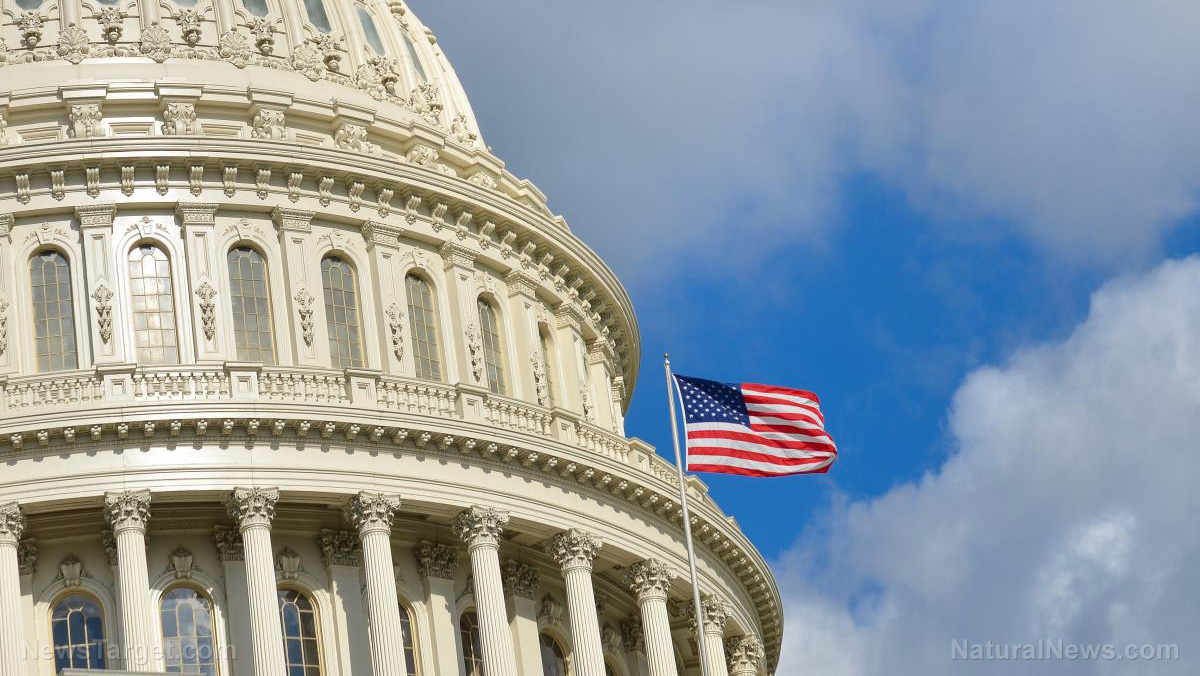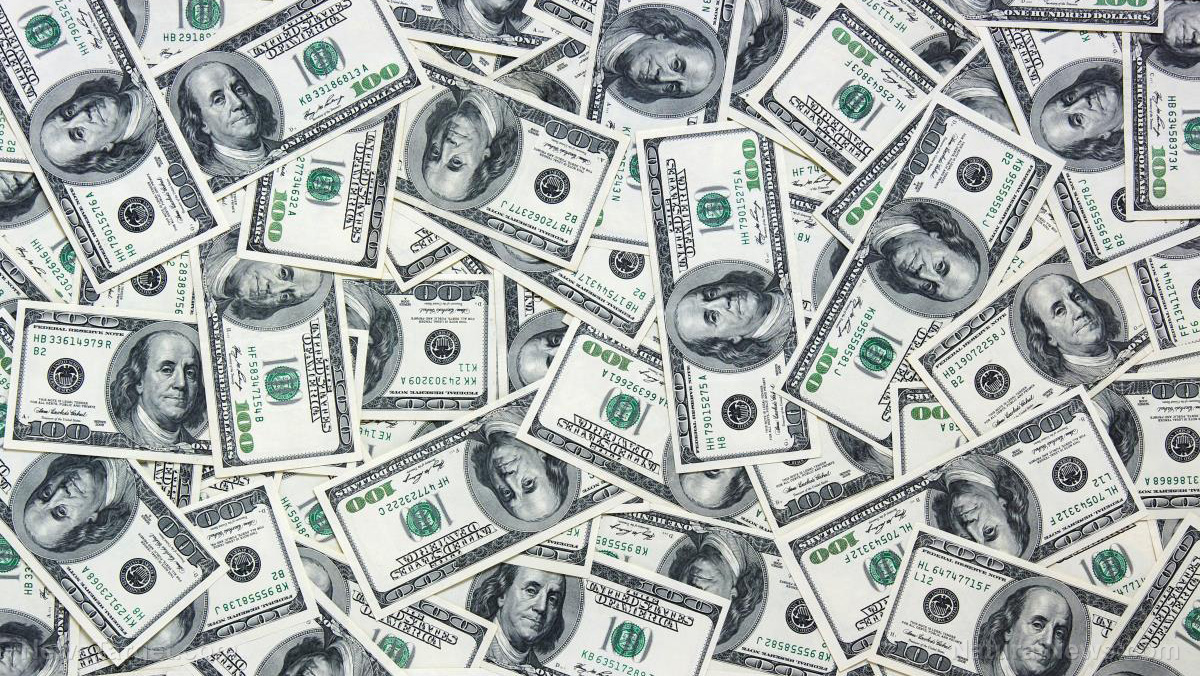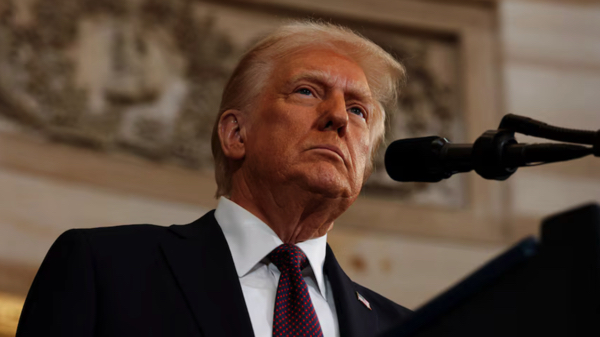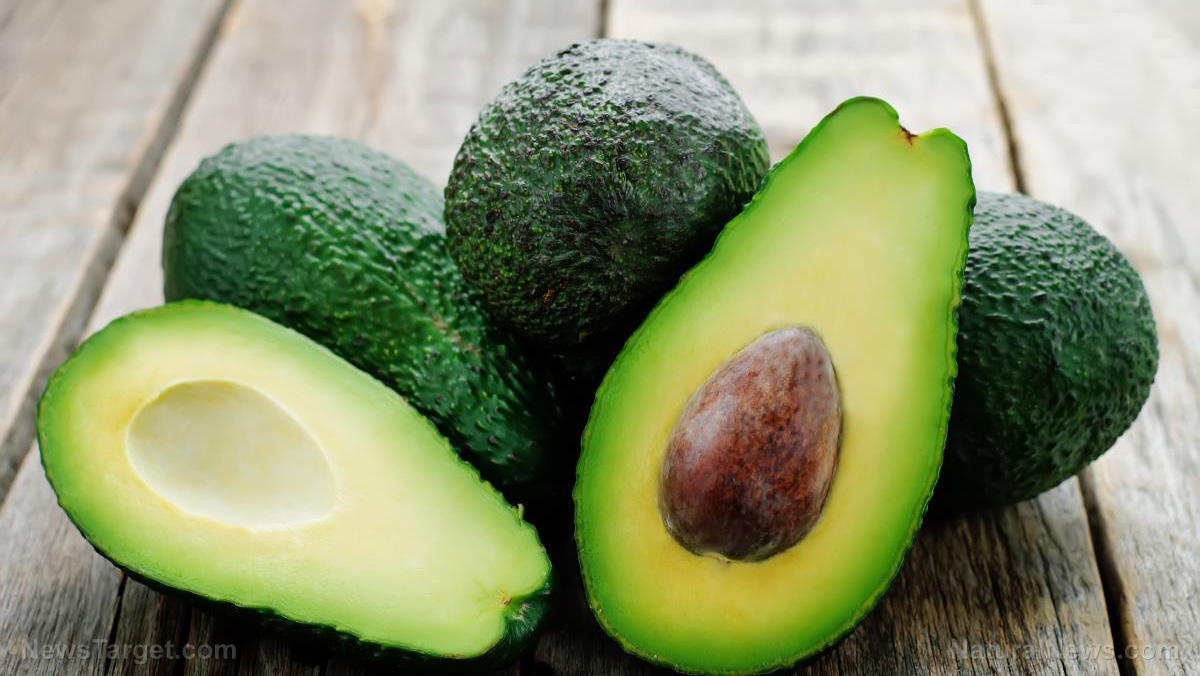Kenny Ausubel's "When Healing Becomes A Crime" tackles the controversial legacy of Harry Hoxsey
- In Kenny Ausubel's "When Healing Becomes A Crime," Harry Hoxsey developed an herbal formula (internal tonic and external pastes) based on his grandfather's discovery, which reportedly cured thousands of cancer patients – including terminal cases. His clinics became the largest privately owned cancer centers in the United States.
- The AMA, FDA and mainstream medicine aggressively suppressed Hoxsey’s work, labeling him a "quack." Despite patient testimonies (like Margaret Griffin's recovery from lymphosarcoma), the AMA refused to test his remedies.
- Hoxsey sued AMA leader Morris Fishbein for libel in 1949 and won, with patients testifying to their recoveries. However, authorities continued raiding his clinics, forcing operations to relocate to Mexico.
- After Hoxsey's death, his nurse Mildred Nelson continued treatments in Tijuana, helping thousands – often for free – despite ongoing persecution. His external pastes were later recognized for skin cancers, but the tonic remains unverified.
- The book reveals the AMA suppressed multiple alternative cancer cures, raising questions about institutional control vs. patient choice. It calls for unbiased research and healthcare transparency, honoring Hoxsey's resilience and his patients' hope.
Kenny Ausubel's 2000 book, "
When Healing Becomes a Crime: The Amazing Story of the Hoxsey Cancer Clinics and the Return of Alternative Therapies," uncovers the remarkable yet contentious history of Harry Hoxsey and his herbal cancer treatment.
The book reveals how Hoxsey's formula, derived from a serendipitous discovery by his grandfather, became a lifeline for thousands of cancer patients. Despite this, it faced suppresion by the American Medical Association (AMA), the
Food and Drug Administration (FDA) and the broader medical establishment.
The story begins in 1840 when John Hoxsey, a Quaker farmer, observed his ailing horse recover from a malignant tumor after grazing on specific wild plants. Intrigued, John developed a remedy that was later refined and passed down to his grandson Harry.
By the 1920s, Harry was treating cancer patients with his formula – a combination of an internal tonic and external pastes – claiming astonishing success. His clinics expanded rapidly, becoming the largest privately owned cancer centers in the U.S. with branches in 17 states.
Despite his growing popularity, Hoxsey faced fierce opposition from the medical establishment. The AMA, led by Dr. Morris Fishbein, branded him a "quack" and waged a relentless campaign to discredit him. Hoxsey was arrested repeatedly, yet his clinics thrived, filled with terminal patients who had exhausted conventional treatments.
Among them was Margaret Griffin, a woman diagnosed with lymphosarcoma and given a year to live. After undergoing Hoxsey's treatment, she claimed a full recovery, with X-rays confirming the disappearance of her tumors. Stories like hers fueled public support, but the AMA dismissed them as anecdotal, refusing to test his remedies.
The conflict reached its peak in 1949 when Hoxsey sued Fishbein and the Hearst newspaper chain for libel. In a dramatic trial, patients testified to their recoveries, and the court ruled in Hoxsey's favor, awarding him a symbolic victory.
However, the AMA and FDA intensified their crackdown, raiding clinics and seizing medicines. Undeterred, Hoxsey continued his work until his death, when his chief nurse, Mildred Nelson, took over operations in Tijuana, Mexico. There, she treated thousands of patients, often for free, preserving his legacy despite ongoing legal persecution.
The book highlights a disturbing pattern. According to congressional testimony,
the AMA actively suppressed at least a dozen alternative cancer cures, prioritizing institutional control over potential breakthroughs.
While Hoxsey's external pastes were later acknowledged as effective for certain skin cancers, his internal tonic remains unverified by mainstream science. Yet, the testimonies of cured patients and even the presiding judge in Hoxsey's trial – who likened his healing to that of "Jesus Christ" – raise profound questions about medical suppression and patient choice.
Today, the Hoxsey treatment persists in Tijuana, but its future remains uncertain. Ausubel's book serves as a powerful indictment of medical monopolies and a call for transparency in healthcare.
The Hoxsey saga underscores the need for unbiased research into alternative therapies and the fundamental right of patients to pursue treatments they believe in. Above all, it is a story of resilience – of a man who defied the odds, a nurse who carried the torch and the countless patients who found hope when conventional medicine had failed them.
Watch this clip about the book
"When Healing Becomes a Crime: The Amazing Story of the Hoxsey Cancer Clinics and the Return of Alternative Therapies" by Kenny Ausubel.
This video is from the
BrightLearn channel on Brighteon.com.
Sources include:
Brighteon.ai
Brighteon.com
